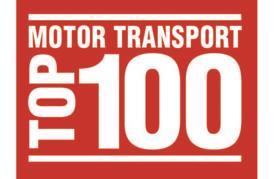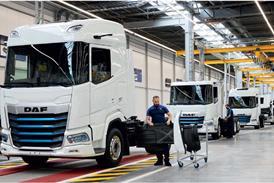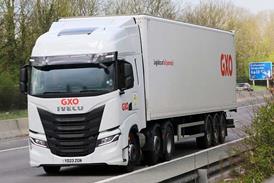
Hauliers need to address the long-hours culture that has built up over the years if they are to attract younger workers at a time of record low unemployment, said Road Haulage Association policy manager - skills, Sally Gilson, at the recent Road Transport Expo event.
"Youngsters today have a wider choice of jobs, and are more focussed on a work/life balance than was the case in the past," she added.
There are, however, other roles they can fulfil in a transport business, she suggested, such as warehouse and back-office work. Once they have gained an understanding of logistics, and are a little older, then they may decide that driving a truck is more appealing than they first thought.
Dealing with the hours culture through more part-time work and job-sharing could also help attract more women into haulage, she believes. "Only 1% of truck drivers are female," she observes; which means the industry is failing to make the most of a huge potential pool of labour.
Widening the recruitment net means more investment in training: Gilson would like to see the Apprenticeship Levy used to fund a broader spectrum of courses as long as a percentage of the funding available is reserved for apprentice schemes.
Recruiting drivers might also be easier, she suggested, if the Driver CPC were reformed - "it's ridiculous to expect drivers to sit in a classroom for seven hours" - and if the roadside facilities they rely on were vastly improved.
Pipe dream
Shorter working hours and a better quality of life have become pipe-dreams for all-too-many truck drivers, reckons Kieran Smith, chief executive officer at driver agency Driver Require, who also leads a topical 'think tank' and research series on the driver shortage.
"Freight levels have reached 110% of where they were pre-pandemic, but the industry only has 90% of the driver pool it had previously," he said.
Drivers are taking on 20% more work as a consequence, he contends, and have become sweated assets.
Not that they necessarily have trucks to drive, Smith pointed out.
Long waits for the delivery of new vehicles, the number of older trucks that remain in service as a consequence, and a shortage of the spare parts needed to keep them running mean that VOR (Vehicle Off Road) rates are hitting 10% to 15%, he claimed.
Building up the driver pool again means increasing training and testing capacity, and attracting back drivers who have left the industry. "There are 235,000 truck licence holders under the age of 45 who are no longer driving for a living," he observed.
Transport managers need to adapt
Transport managers have no choice but to adapt to a new climate where drivers call the shots, said Mantra Learning chief executive Mark Currie.
"Many people who work in traffic offices are long in the tooth and have become dinosaurs," he said. They have to realise that they can no longer credibly threaten a driver with the loss of his job because he refuses to accept a load - possibly because he is out of hours - because he can easily get a job elsewhere.
The Skills Bootcamps will help expand the pool of new drivers, he believes, and can provide refresher courses to people who are returning to driving after a break.
"That part of their budget is massively under-spent," he added.
By Steve Banner
- You can watch a video with key highlights from the Road Transport Expo online.
















